Birds Won’t Use Birdhouse? (Here’s 13 Reasons Why!)
We’re reader-supported; we may earn a commission from links in this article.
So you’ve probably set up your own birdhouse and basically, ZERO birds are using it!
I, too, was wondering how I could set up my own birdhouse.
So I did my own deep research and found some answers.
Here are 13 Reasons why birds won’t use your birdhouse:
- You Set It Up During The Wrong Season
- You Built Your Birdhouse At The Wrong Height
- Your Birdhouse Is Placed At The Wrong Location
- Your Birdhouse Entrance Hole Isn’t The Right Size
- Your Birdhouse’s Previous Nest Hasn’t Been Cleaned Out
- Your Birdhouse Has Predators and Threats Nearby
- Your Birdhouse Is Painted Too Bright and Fancy
- Your Birdhouse Isn’t Paired With A Nearby Birdbath and Feeder
- Your Birdhouse has a Perch On The Front
- You Put Birdfeed Inside The Birdhouse
- You Placed Too Much Nesting Materials In The Birdhouse
- Your Birdhouse Size Is Too Small/Too Big
- Your Area Might Not Have Many Cavity-Nesting Bird Species
Setting up a flourishing birdhouse that birds love can be really difficult!
That’s why in this article, I will cover the 13 reasons in greater detail.
Read on for more!
1. You Set It Up During The Wrong Season
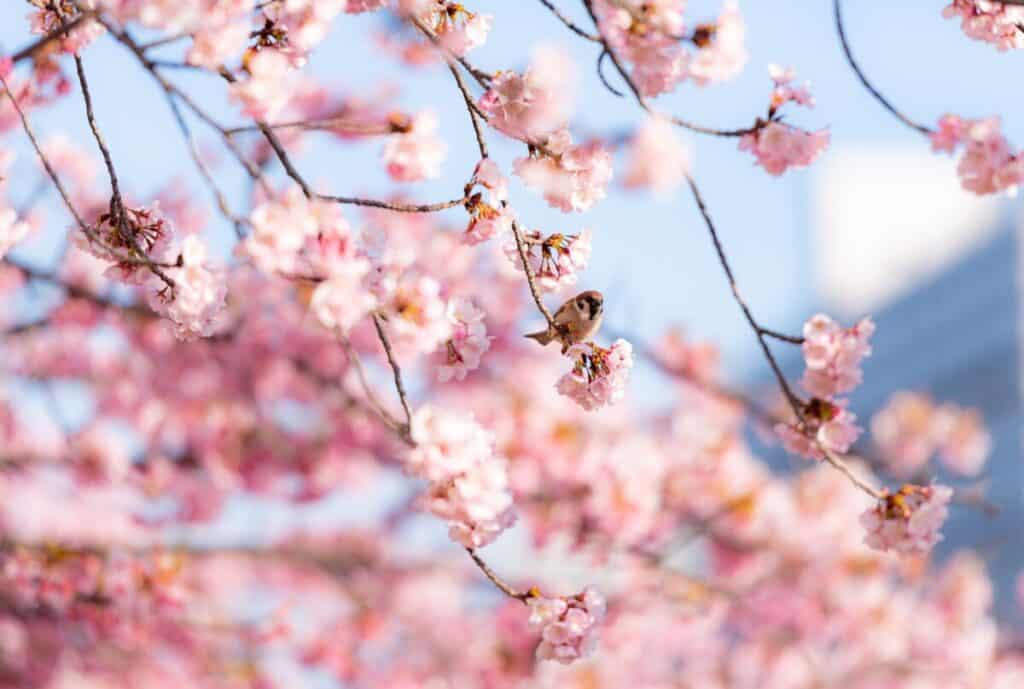
Okay, thinking like a rational person, you’ll want to set up your birdhouse by spring or during spring when birds return to the nest after the winter months right?
Well, not quite! It’s already too late…
Birds look out for a few other factors before they decide that a birdhouse is ‘safe’ enough for them to call their home.
Some birds may begin to nest early – even before you even realize that it’s spring! You see, that’s because they don’t operate like how we do with months and years, they determine when to come back using the length of day.
As such, early nesters who are quick to arrive may miss the opportunity to take up your birdhouse as their home.
In addition, most birds would want to give it some time to ensure the nest isn’t easily threatened by broods or threats nearby before they decide to move in.
As a rule of thumb, you should get your birdhouse ready and deployed by mid-winter at the very latest!
This ensures that early-nesters can have time to scout out your birdhouse and for more opportunities for a bird to settle in during the spring.
2. You Built Your Birdhouse At The Wrong Height
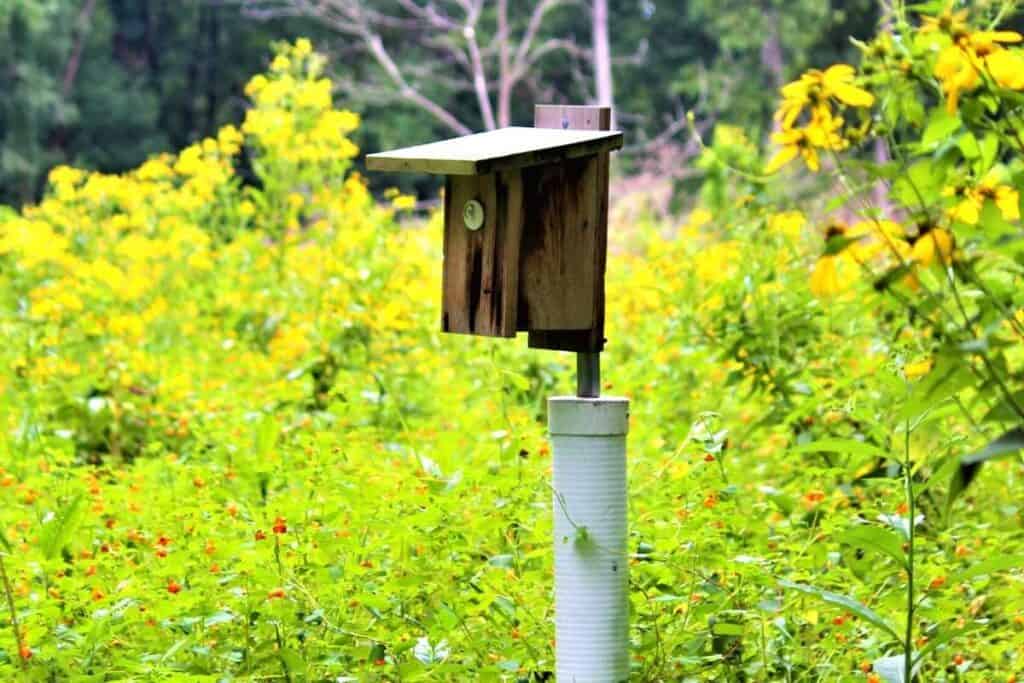
One of the most common mistakes that backyard birders or birdhouse builders make is that they get everything else right except the height the birdhouse is placed.
Different birds tend to look for different heights in their cavity nests.
If your birdhouse is always empty, chances are, your birdhouse could be placed at a height that is either too low or too high for the cavity-nesting birds in your area.
Birdhouses should be mounted from a 5 to 30 feet height range.
However, as this range is simply too large to be applied in practicality, birdhouse heights need to be tailored to be similar to the natural cavity heights of specific species in your area.
The height needs to be perfect!
Start by doing a quick search on NestWatch to identify cavity-nesting birds in your area, then single out the bird species in the list.
Make sure your birdhouse is within the bird’s range.
Then determine what kind of bird you want to inhabit your birdhouse and its respective mounting height using the table below. You can learn more about the bird on the eBird website.
Optimal Birdhouse Mounting Heights
| Bird Species | Mounting Height |
| Bluebird | 5-6″ (1-2m) |
| Chickadee | 5-15″ (2-5m) |
| Flicker | 6-10″ (2-3m) |
| House Finch | 5-10″ (2-3m) |
| House Sparrow | 10-15″ (3-5m) |
| Kestrel | 10-20″ (3-6m) |
| Nuthatches | 10-15″ (3-5m) |
| Owl | 10-15″ (3-5m) |
| Purple Martin | 10-15″ (3-5m) |
| Tree Swallow | 5-10″ (2-3m) |
| Warbler | 5-10″ (2-3m) |
| Woodpecker | 10-20″ (3-6m) |
| Wren | 6-10″ (2-3m) |
3. Your Birdhouse Is Placed At The Wrong Location
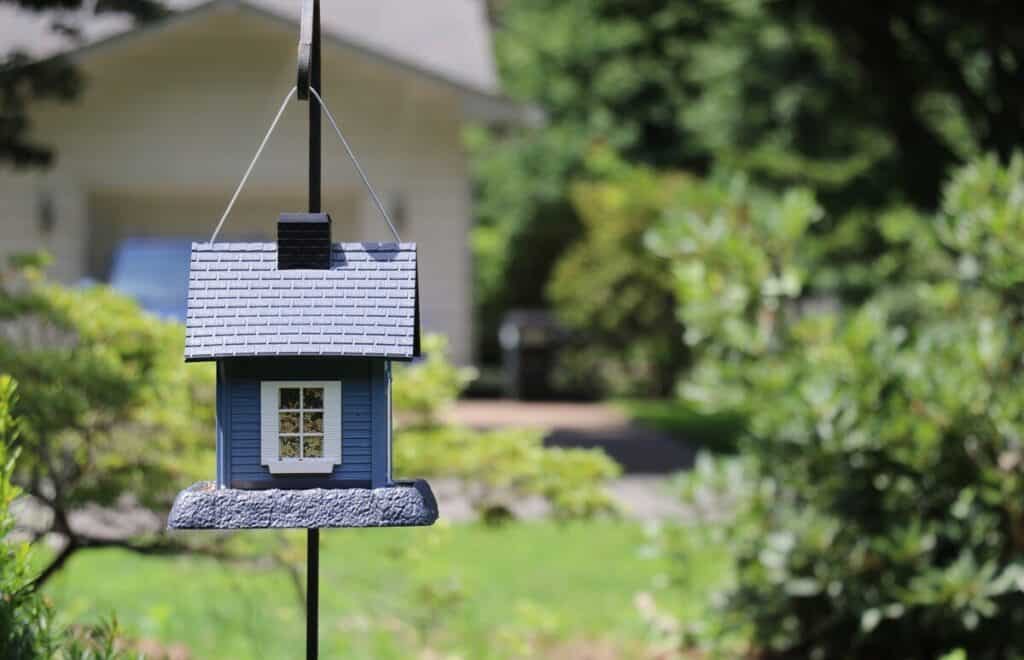
Setting up your birdhouse at the wrong location can really change the whole game here, and I’m not kidding!
A simple tweak to a bad location can be all you need to attract birds to your birdhouse.
Firstly, if you have multiple birdhouses, they should be spaced apart so as to allow for some privacy between different bird families.
I’m sure you’ll also want some private space between you and your neighbors next door right?
So do birds!
A general rule of thumb of spacing will be at least 25ft apart from each other. Birds are territorial, so this distance will help birds to be comfortable in their own home space.
Secondly, your birdhouse is located somewhere where there is little shading from the afternoon sun.
It can get really hot inside the birdhouse during noontime, especially if the birdhouse is painted black, which absorbs UV rays from the sun.
Although shading from the sun isn’t necessarily required, I have noticed in forums online, people have found success when birdhouses are situated close to their shaded areas.
I mean, let’s take every advice we can get right?
Thirdly, different birds have different preferences as to the type of birdhouses they like.
I came up with a helpful chart of the best locations for a birdhouse, with details of specific cavity-nesting bird species.
4. Your Birdhouse Entrance Hole Isn’t The Right Size
Another common mistake that I’ve seen in those trying to set up their birdhouse is that the entrance holes for the birdhouses are just of the wrong size!
This is also common among newbies who have asked questions on Quora about this!
Don’t worry; you’re not alone in this, and let me explain in greater detail.
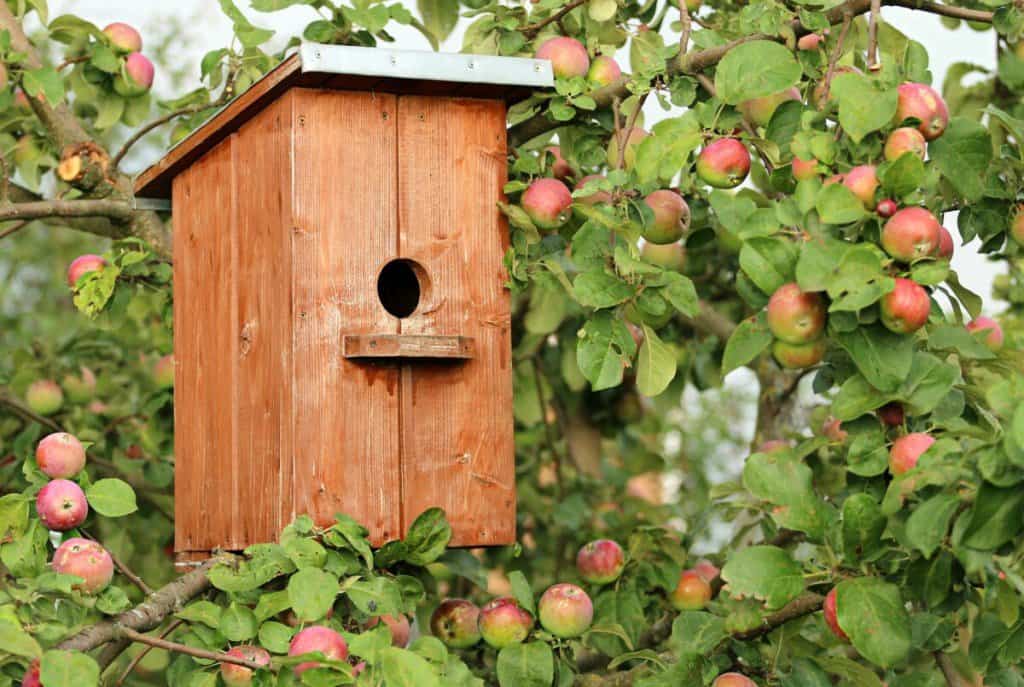
Most birdhouses you’ve seen are built like the picture above, right?
A wooden box with a hole in the side.
Now, chances are, if you’re new, you never really would have thought about the size of that entrance hole, right?
Different birds have different sizes and therefore bigger birds cannot fit into entrance holes that are too small.
So if you would like to attract Black-capped Chickadees or Carolina Wrens to your birdhouse, you would pick a smaller hole size to prevent bigger birds like the American Kestrel from nestling inside.
This more focused strategy will ensure a higher chance of at least one type of nestling in your birdhouse.
I have compiled a table of respective entrance hole sizes for common bird species in the US for your reference below:
| Bird Species | Entrance Hole Size/Diameter |
|---|---|
| Chickadee | 1.25 inches (3.2cm) |
| House Sparrow | 1.75 inches (4.5cm) |
| Kestrel | 3 inches (7.6cm) |
| Nuthatches | 1.25 inches (3.2cm) |
| Warbler | 1.25 inches (3.2cm) |
| Woodpecker | 1.25 inches (3.2cm) |
| Wren | 1.25 inches (3.2cm) |
5. Your Birdhouse’s Previous Nest Hasn’t Been Cleaned Out
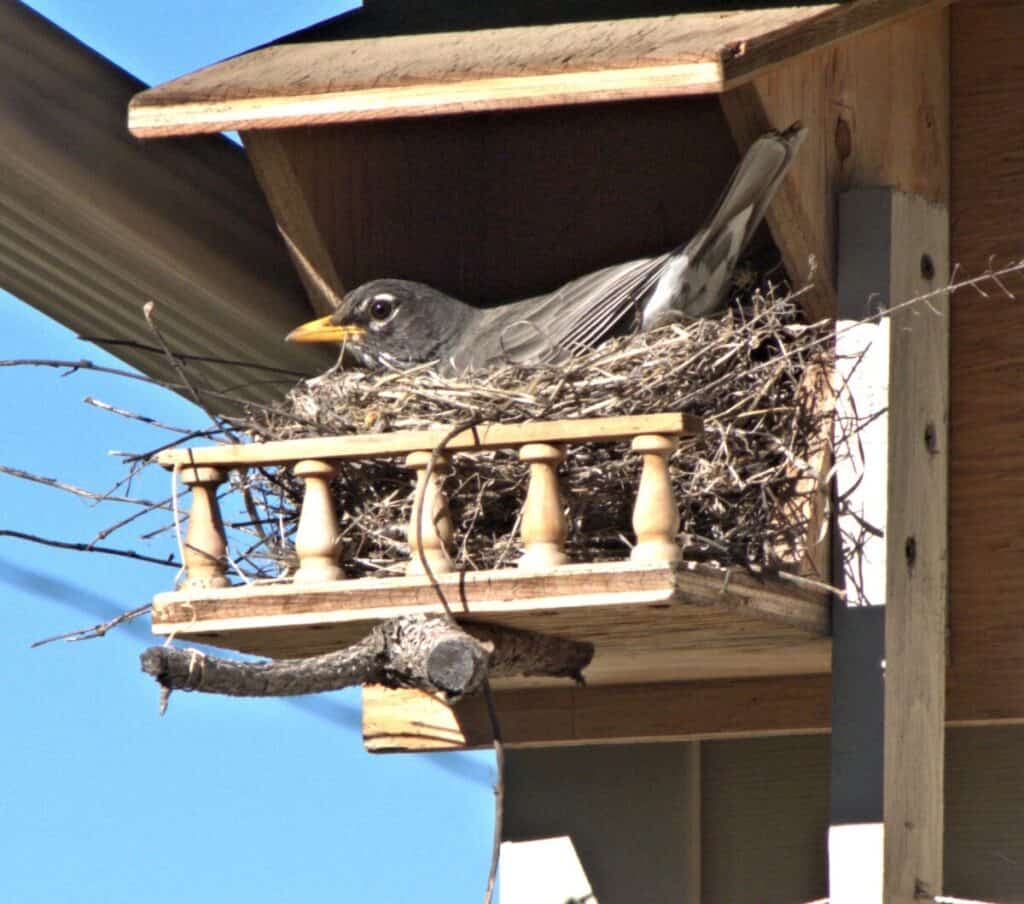
Have you had birds living in your birdhouse of question from the previous year, and you wonder why new birds haven’t settled in this year?
It’s highly likely that you haven’t cleaned out the nest from the previous residents!
Just as we humans love spring cleaning, they need to be done for our little feathered friends too!
Upkeeping of the birdhouse’s cleanliness also helps birds maintain their good health!
You may wonder: “don’t birds reuse their old nests?” Nope, they never do. Birds will always build a fresh nest with nesting material they can find in the area.
They do this to avoid bird mites, bacterial contamination from their droppings, and insect infestations!
If a previous bird family has vacated the birdhouse after all the baby birds have fledged (grown flight feathers and left the nest), and if you realized that the birds haven’t been back in 2 weeks, it’s time you start cleaning out the nest to prepare for the next visitor.
It’s kind of like Airbnb isn’t it? You are the host, and the birds are residents, just that these guys stay for free!
I recommend cleaning up your birdhouse at least once a year to prevent the buildup of too much bacteria.
Cleaning Up
Firstly, start by taking down the bird’s nest and removing all the nesting material that is inside! Be sure not to leave any behind as it may contain unwanted bacteria and parasites. Dispose of it immediately.
Trust me! I had a friend who had problems with bird mites before, and they were found crawling all over her room because there was a bird’s nest built too near her window.
She had a hard time removing them afterward! Yikes, I wouldn’t want that to happen to any of you!
Secondly, you can make a diluted bleach solution with nine parts water to one part bleach and use a scrubbing brush to remove all the mold and dirt within the birdhouse.
After that, you can leave the birdhouse out to dry.
Thirdly, inspect the birdhouse and perform any needed repairs for the nest resident to move in.
This includes tightening any screws or covering up cracks in your wooden birdhouse with sealant to prevent water seepage. Then you can hang your birdhouse up again for the next feathered visitor!
6. Your Birdhouse Has Predators and Threats Nearby
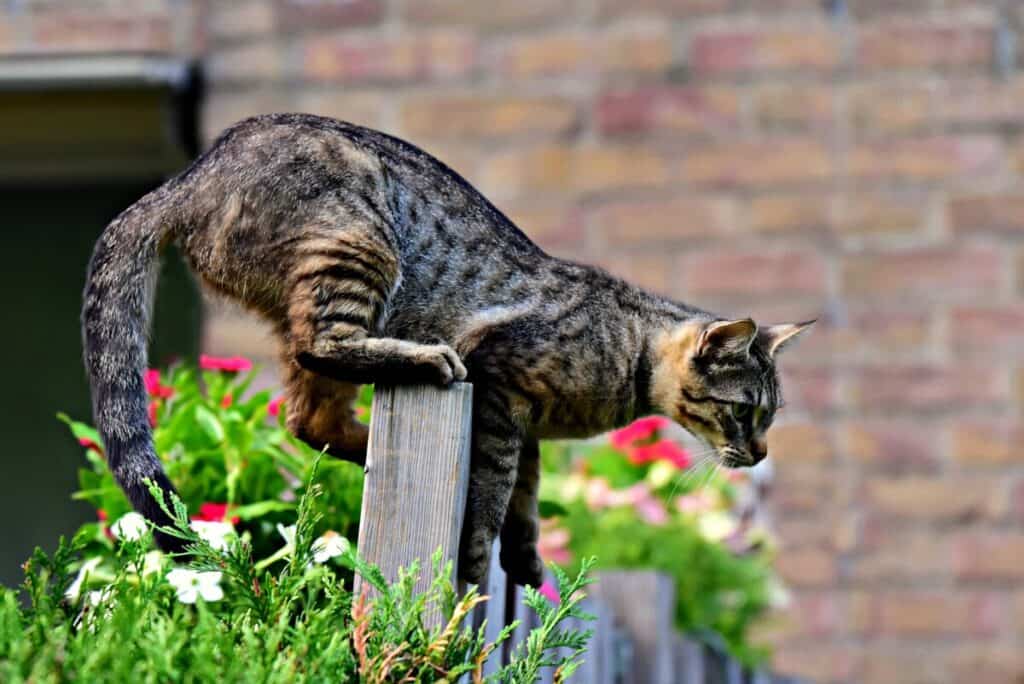
If you live in an area where there are many unwanted animals roaming about that may scare birds such as neighbor’s cats, squirrels, snakes, and birds of prey, then you would want to situate your birdhouse further away from them.
It can indeed be really disappointing and tragic to see predators enter and eat up the entire bird family in your birdhouse.
Never fret; we can implement some measures to ensure that doesn’t happen on our watch!
Here are some tips to counter that and be the predator police for your birds:
- Purchase deterrent products to deter cats and snakes.
- As much as possible, do not place birdhouses on trees, as snakes can gain access to the birdhouse too.
- Keep owned cats indoors and away from the reach of the birdhouses.
- Mount the birdhouse on a pole that predators cannot easily climb or reach.
7. Your Birdhouse Is Painted Too Bright and Fancily
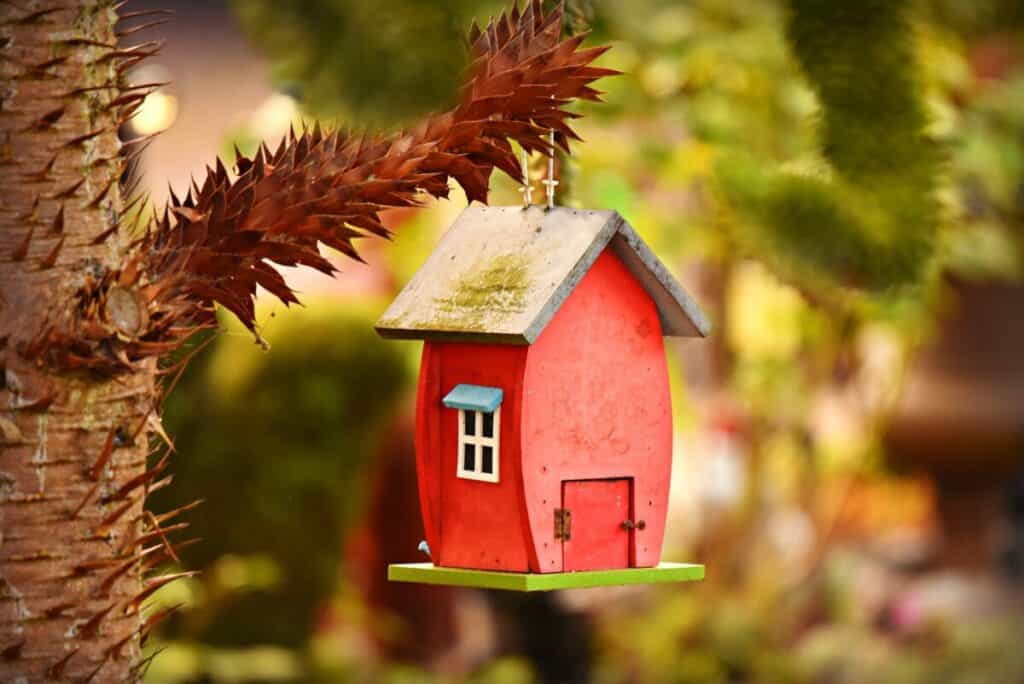
Birdhouses are meant to be homes, and homes are meant to be safe for rearing newly hatched eggs! They aren’t only meant for our viewing pleasure.
If your birdhouse is colored brightly or has too many fancy patterns on its exterior, then you need to reconsider your priorities and understand that the bird’s safety comes first.
Birds generally prefer a birdhouse that is easily camouflaged into its surroundings, inconspicuous, and doesn’t draw much attention.
Birdhouses should be painted with drab, camouflaged colors like green, grey, or brown. Avoid black, as that can get heated up during noontime. Birdhouses should not be painted with bright colors and fancy patterns as they attract the attention of potential predators.
You’ll also need to know what kind of paint is safe for painting birdhouses.
8. Your Birdhouse Isn’t Paired With A Nearby Birdbath and Feeder
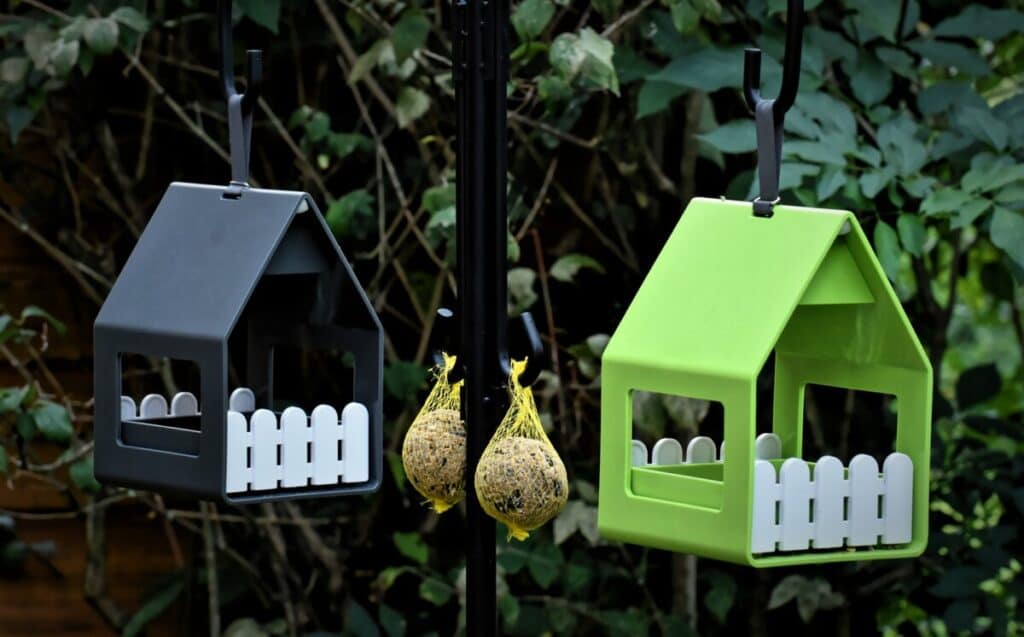
If you’re going to provide the accommodation, why not provide the full package and provide the ‘breakfast’ along with the ‘bed’, just like in Airbnb?
A nearby birdbath and feeder, although not entirely necessary, can attract initial birds to your backyard or garden.
This can help birds at least know of your backyard and get familiar with the area.
With easy access to water and food, it’s common sense that birds will also want to live near such wonderful resources.
You also should consider how deep the bird bath should be, given that birds of different sizes have different needs.
Do note that if you are to place a birdbath and a bird feeder in your yard, try to space them out so that their living space is apart from their water source, and their living space apart from their food source.
This prevents predators from being attracted to leftover seeds, which can be drawn to your birdhouse. Also bird feeders can also contaminate birdbaths if they are located above them.
If you want to start feeding birds, read about how many bird feeders you need to get started.
9. Your Birdhouse has a Perch On The Front
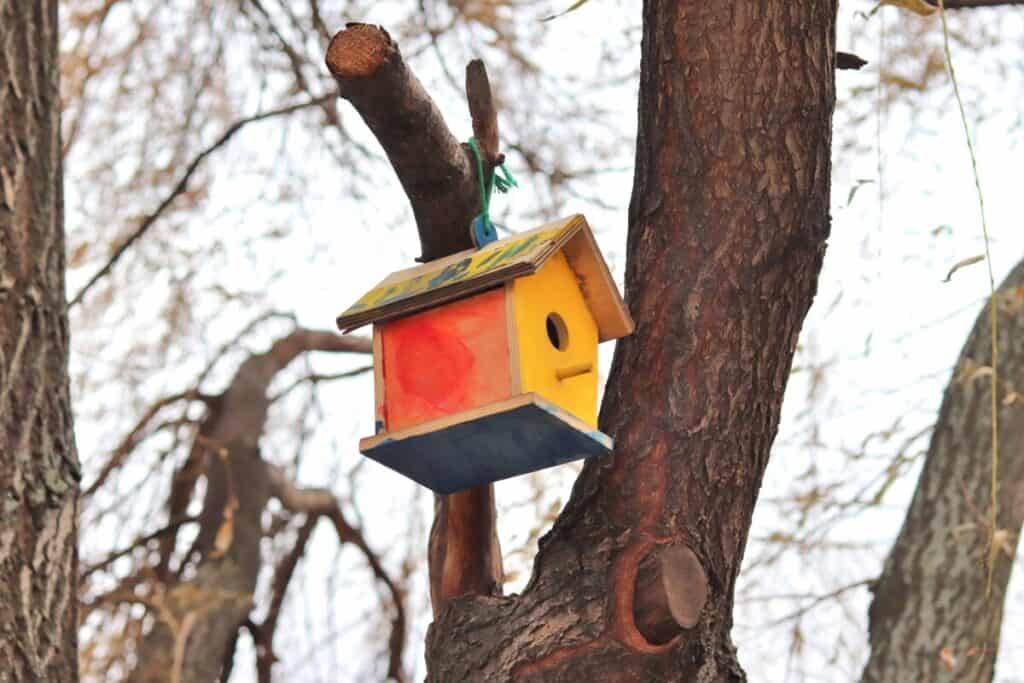
One of the most common problems of birdhouses is the perch in front of the entrance hole of the birdhouse.
Most backyard birders on Quora and other forums and sites agree that perches are unnecessary and are, in fact, detrimental because they allow predators to have easier access to the nest.
Most cavity-nesting birds can cling to the outside of a wooden box without the perch!
If not, then the birds will be able to cope with entering the entrance hole directly without any need to perch outside it.
10. You Put Bird Feed Inside The Birdhouse
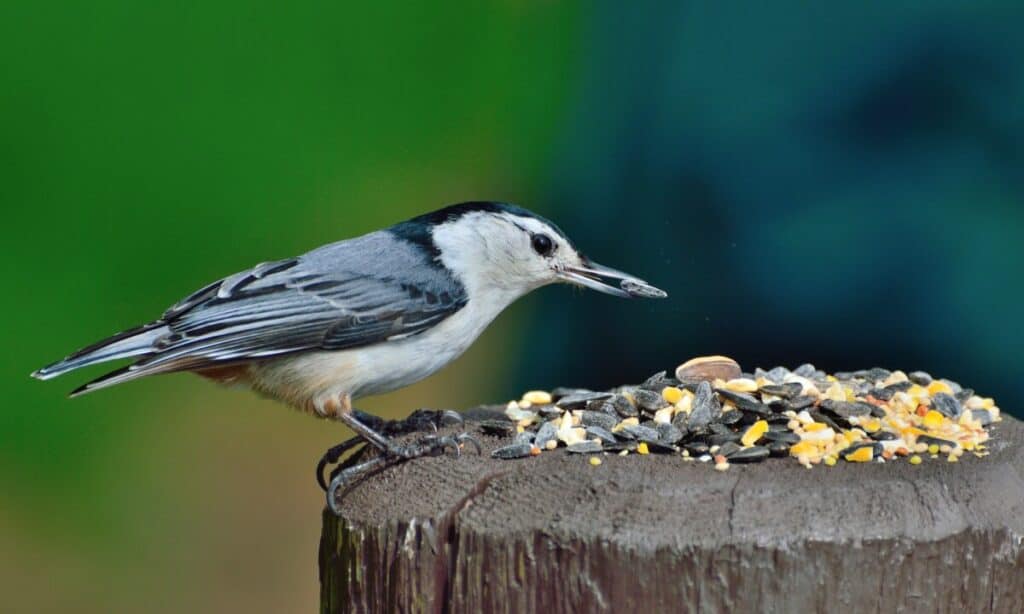
A bird feeder is a bird feeder and a birdhouse is a birdhouse.
Having bird feed in the birdhouse is like having your meals on your bed all the time and not on your dining table.
You should not put food in a birdhouse. Food in birdhouses will attract unwanted predators and animals, such as squirrels, rats, and snakes, which will endanger the birds that inhabit them. Food should be put on a bird feeder and not in a birdhouse.
(I know some of you have breakfast in bed sometimes, but it’s not always appetizing to do so!) Keep food spaces and living spaces separate, and birds will be fine with the birdhouse.
By placing bird feed in the birdhouse, you will also be inviting unwanted predators, such as squirrels, rats, and snakes, who will explore the smells of food.
If the birdhouse is vacant and you’ve left the birdfeed inside, a smaller predator could inhabit it, and potentially scare away any potential bird residents!
In addition, a birdhouse is a place for birds to build nests to house and incubate their young.
This may contain bird droppings and other bacterial and parasitical contaminations. Eating contaminated bird food will do more harm than food to the birds.
11. You Placed Too Much Nesting Materials In The Birdhouse
Placing nesting materials in birdhouses is more often not necessary.
Different birds have different preferences for nesting material.
If you put a certain type of nesting material in a birdhouse, you may be limiting yourself to attracting only one type of bird species!
Instead of placing nesting materials for birds, you can set up a simple foundation for the birds to bring in the nesting material by themselves.
These materials include small dry twigs, bark, and woodchippings.
Discover what other things to put in a bird box and some considerations as to what to add.
Foundations are okay to be placed in birdhouses, but if chosen wrongly, nesting materials can contain poisonous materials that can cause more harm than good.
To help you out, I have collated a table of possible nest foundations others have used for different bird species they attracted to their birdhouses below:
| Bird | Recommended Foundation |
| Robins | 1-inch thick of dry and dead leaves |
| Tits | 1-inch thick of soft and dry leaves |
| Sparrows | 1-inch thick of dried grass and straw |
| Owls | 2 – 3 inches of pine, beech, or oak sawdust and woodchippings |
| Woodpeckers | 2 – 3 inches of pine, beech, or oak sawdust and woodchippings |
In the article, I write about whether you need to put anything in your bird box/house in greater detail.
Check it out!
12. Your Birdhouse Size Is Too Small/Too Big
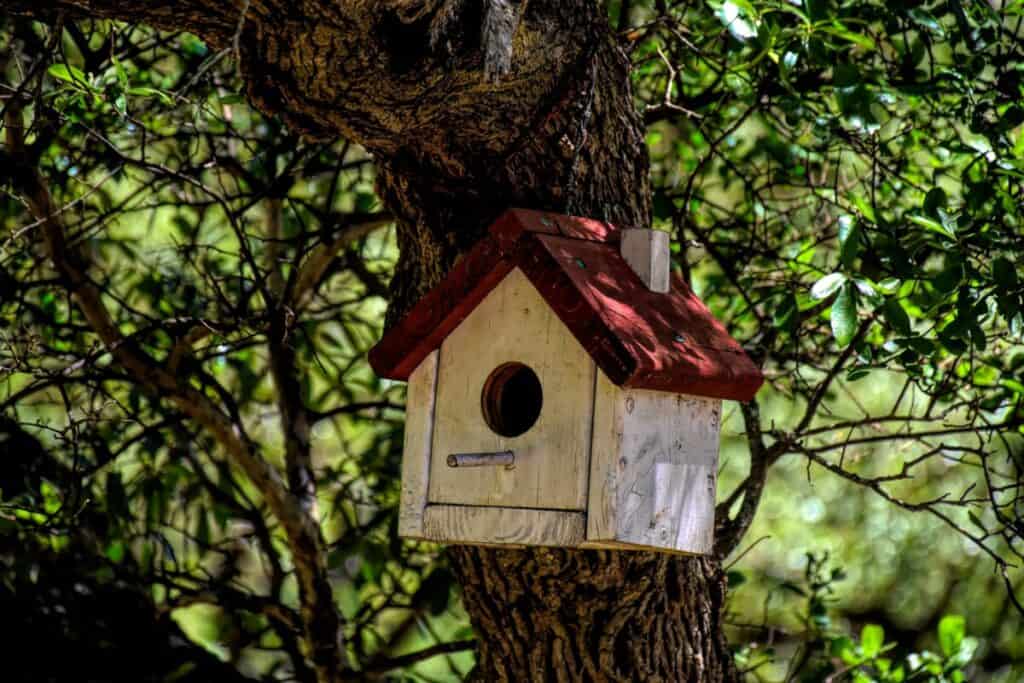
The size of a bird box should fit the size of the bird that you intend to house.
For example, to house slightly bigger birds, such as American Kestrels, the bird box needs to be about 8 x 8 x 12 inches, whereas, for smaller birds, such as the House Sparrow, its bird box needs to be about 4 x 4 x 10 inches to fit it.
Different bird species have different sizes, and the right birdhouse dimensions need to be able to fit the right type of bird!
Here’s a simple table of common cavity-nesting birds and their recommended birdhouse sizes:
| Bird Species | Bird Box Sizes (Length, Breadth, and Height in Inches) |
| Chickadees, Tits, Nuthatches, and Wrens | 4 x 4 x 10 |
| House Finches, Flycatchers, and Woodpeckers | 6 x 6 x 12 |
| Screech Owls, Wood Ducks, and American Kestrels | 8 x 8 x 12 |
Bigger birds need more space when their eggs hatch and grow into hatchlings. If there is simply no space inside, birds will have difficulty moving in the birdhouse.
Moreover, some fledglings remain with their parents for a period before leaving.
If birds with a larger brood size hatch all at once, the birdhouse may not fit all of them.
13. Your Area Might Not Have Many Cavity-Nesting Bird Species
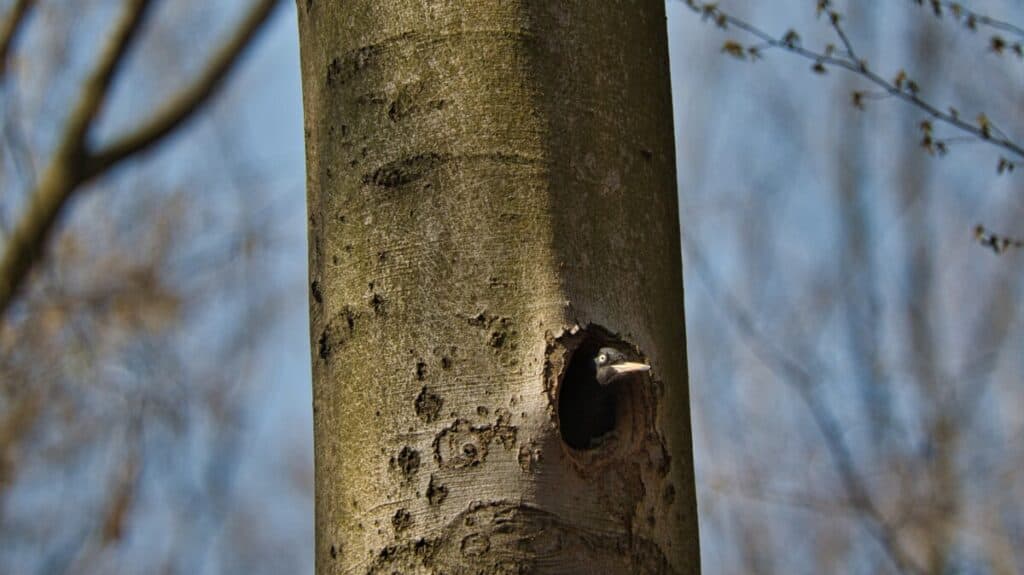
If all else fails, and you’ve avoided all the mistakes above, then there might simply be not enough or not many birds that are cavity-nesters that are living in your area!
Pro-tip: Do a quick check on NestWatch to see if there are any cavity-nesting birds in your area!
Cavity-Nesting Birds
If you’re still scratching your head as to what cavity-nesting birds are, here’s the simplest explanation for complete beginners:
Cavity-nesting birds are birds that build their nests and raise their young in small natural crevices or cavities. They do not create their own nesting structure but build their nesting material within the particular cavity.
This means you will not expect to see non-cavity-nesting birds residing in your birdhouses, such as Northern Cardinals.
Cardinals have cup-shaped nests and are not cavity-nesters.
Common cavity-nesting birds include woodpeckers, owls, wrens, kestrels, and swallows.
Why Are No Birds Coming To My Birdhouse?
No birds are coming to your birdhouse because of the following 13 reasons:
- You Set It Up During The Wrong Season
- You Built Your Birdhouse At The Wrong Height
- Your Birdhouse Is Placed At The Wrong Location
- Your Birdhouse Entrance Hole Isn’t The Right Size
- Your Birdhouse’s Previous Nest Hasn’t Been Cleaned Out
- Your Birdhouse Has Predators and Threats Nearby
- Your Birdhouse Is Painted Too Bright and Fancy
- Your Birdhouse Isn’t Paired With A Nearby Birdbath and Feeder
- Your Birdhouse has a Perch On The Front
- You Put Birdfeed Inside The Birdhouse
- Your Placed Nesting Materials
- Your Birdhouse Size Is Too Small/Too Big
- Your Area Might Not Have Many Cavity-Nesting Bird Species
Do Birds Actually Use Birdhouses?
Yes, birds do actually use birdhouses. In fact, they use them as places to nest. The size and shape of the birdhouse will depend on the species of birds that are living in your area, so researching what kind of birds live in your area is a great place to start. Some common species that may use birdhouses include wrens, robins, sparrows, chickadees, and nuthatches.
Here are some quick tips if you’re having trouble getting birds to your birdhouses:
When selecting a birdhouse for your backyard, make sure it has an opening that’s the correct size for the species you’re trying to attract – if it’s too large or small, your feathered friends won’t be able to enter or exit properly.
Additionally, you’ll want to make sure the entrance hole faces away from prevailing winds and is placed high enough off the ground to prevent predators from entering.
Finally, make sure there’s an overhang above the entrance hole to protect against rain entering the box as well!
Do Birds Like Hanging Bird Houses?
Yes, many birds do enjoy hanging birdhouses! Not only does it make for an easier entry for the birds, but it also allows them to avoid predators by being off the ground.
There are a few key factors to keep in mind when using a hanging birdhouse:
- Hang the house high enough so predators like cats and raccoons can’t reach it.
- Ensure the entrance hole is facing away from prevailing winds and direct sun, as this can disrupt airflow through the box and result in excessive heat or cold temperatures.
- Place the house close enough to trees or other foliage to protect it from predators and the elements.
- Finally, use a hook or chain with a swivel connection so your feathered friends won’t get hurt if they bump into it while fluttering around!
Will Birds use a Hanging Birdhouse?
Yes, many birds are attracted to hanging birdhouses. However, there are a few potential downsides to consider. For example, the entrance holes of the birdhouse must be facing away from any direct sun or wind, otherwise, warm air inside the house may escape quickly and make it difficult for birds to keep warm.
Do Bird Houses Need a Perch?
Birdhouses may not need a perch in certain cases. Some larger species such as owls and hawks may not need one due to their size and strength, while smaller birds may struggle without it. In addition, if the entrance hole of the birdhouse is too small for a perch then it won’t be needed. Furthermore, a perch increases the risk of predators being able to access the birdhouse more easily.
Do You Put Bird Seed in a Birdhouse?
Bird seed should not be put in a birdhouse. Adding food to the inside of the house can attract other animals such as rodents and snakes, so it is best to avoid doing this. Instead, provide bird feeders in nearby locations for the birds to access outside of their houses.
Are Metal Birdhouses Safe for Birds?
Metal birdhouses can be a safe option for birds to nest in, as long as the design is adequate and allows for proper ventilation. It is important that the metal birdhouse remains dry on the inside and that there are no sharp edges or rough surfaces. Additionally, make sure to select a paint finish that is non-toxic so as to avoid harming any of the birds that use it.
Final Thoughts
Many things that can go wrong and result in your birdhouse being vacant for so long.
With these mistakes laid out here, hopefully, you have learned or picked up a thing or two to work on for the time being.
If you’d also like to know what are some reasons why birds won’t visit bird feeders, check out an article I wrote here in full detail all about it!
With this, I wish you all the best as much as I wish myself the best in setting up a successful birdhouse with resident birds. All the best, and happy birding!
My Recommended Birding Resources:
Hey there, Justin here!
Here’s a list of all my favorite resources, products, and brands I trust and love.
My Celestron Nature DX 8×42 Binoculars: It’s a great budget pair for beginner birders. Highly valued for its price! Read my review.
Safe Paint for Bird Baths Guide: Learn about non-toxic paint for painting bird baths.
Safe Sealers for Bird Baths Guide: Learn which sealers are safe for bird baths.
Safe Paint for Bird Feeders Guide: Learn what special care needs to be taken to paint bird feeders with the right paint.
Safe Paint for Birdhouses Guide: Learn about non-toxic paint for painting birdhouses. (Not the same as bird baths!)
Bird Identification Apps Guide: 2 of my favorite birding apps are Merlin Bird ID, and eBird Mobile! Merlin is great for tracking and identifying birds, and eBird Mobile is great for tracking the birds sighted when birding.
Check out my resources page for the full list of resources I recommend!

Justin Chia
Justin is the founder and author of Birding Outdoors. He is a Nanyang Technological University (NTU) alumnus with a Bachelor of Biological Sciences and a former data analyst.
Now, Justin runs the Birding Outdoors blog full-time, hoping to share his deep love for birds, birding, and nature with others.
To unwind, Justin enjoys gaming and reading.

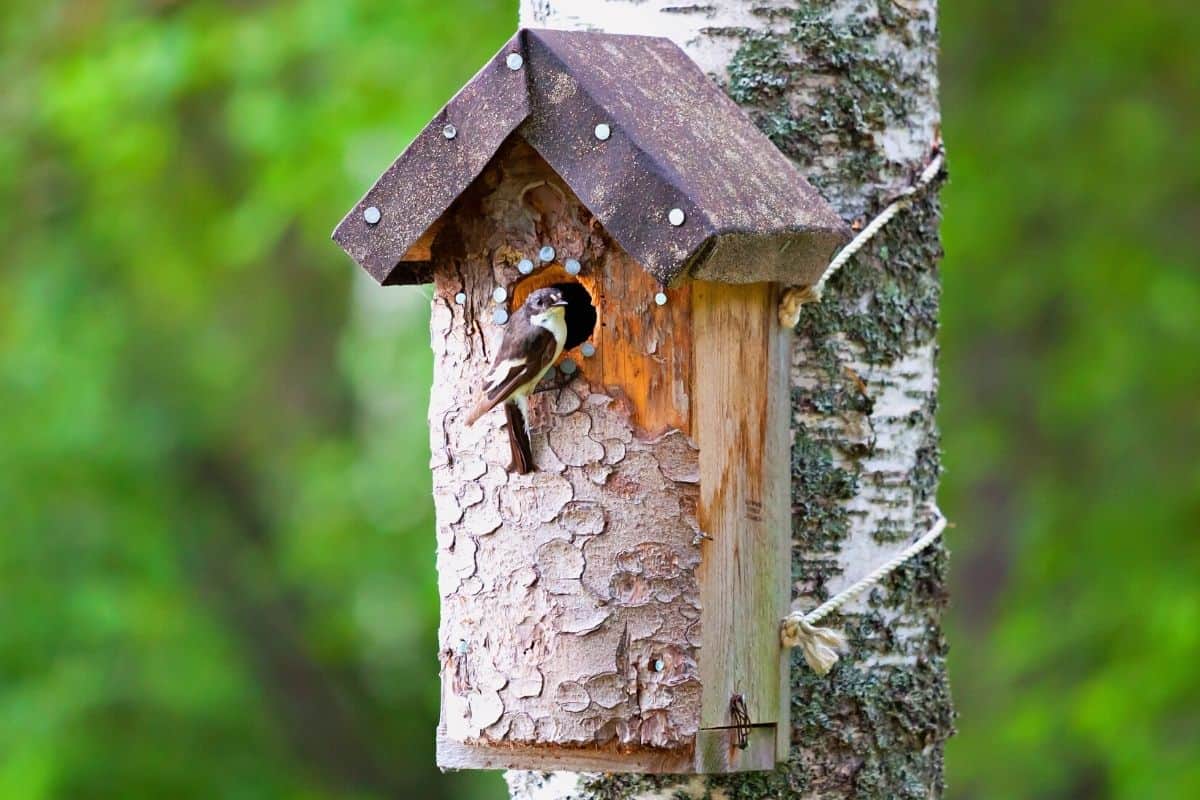
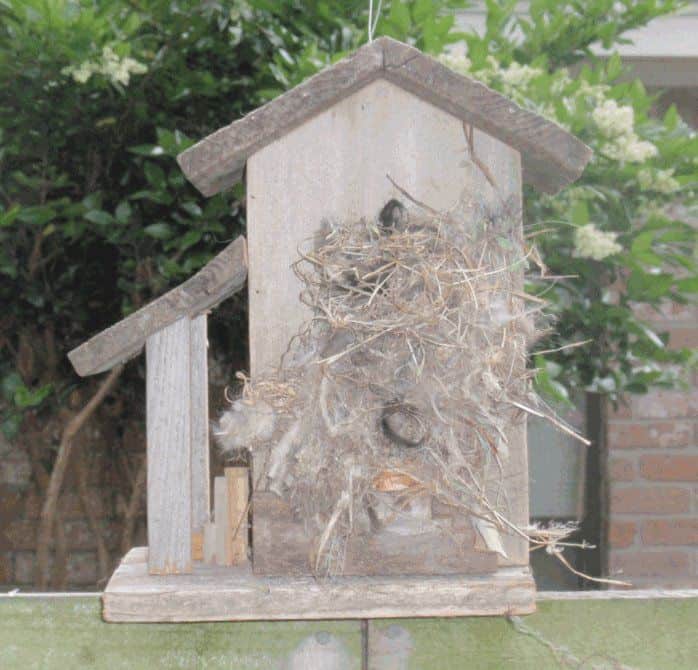
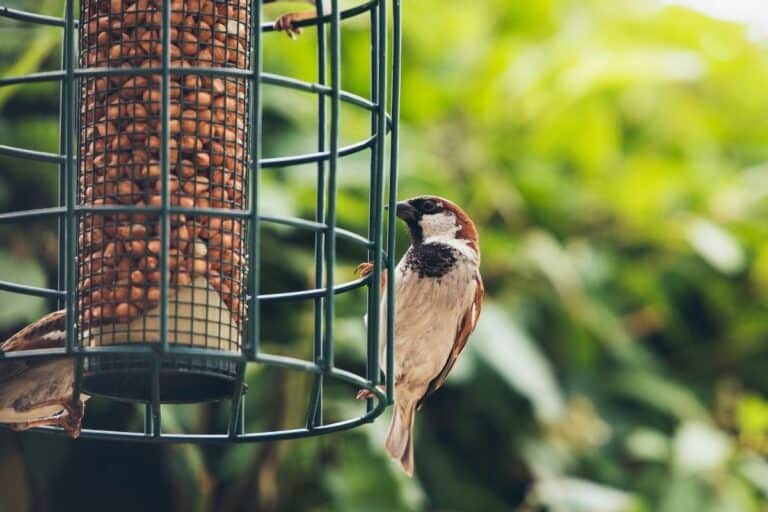
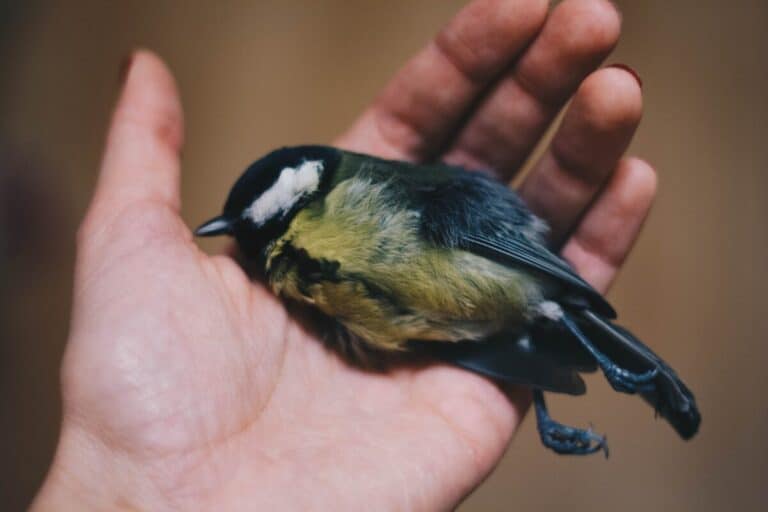
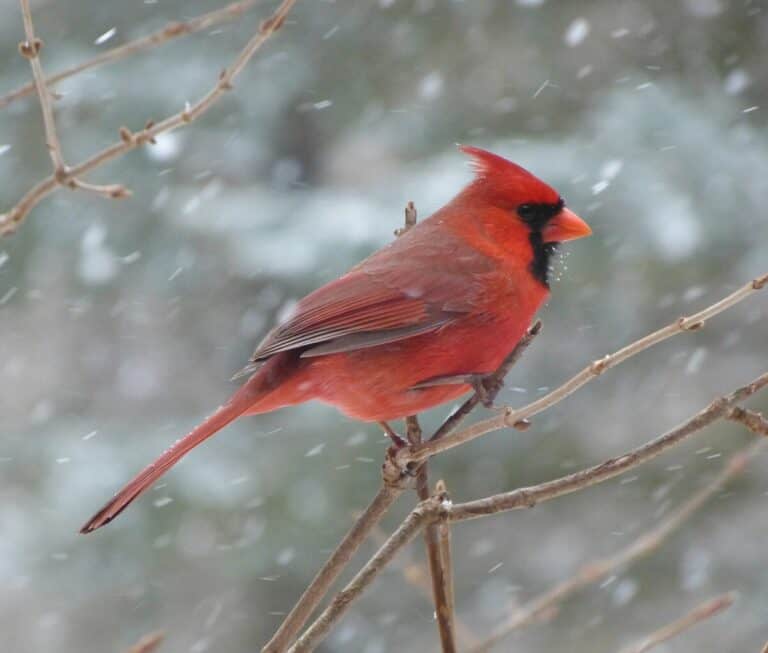
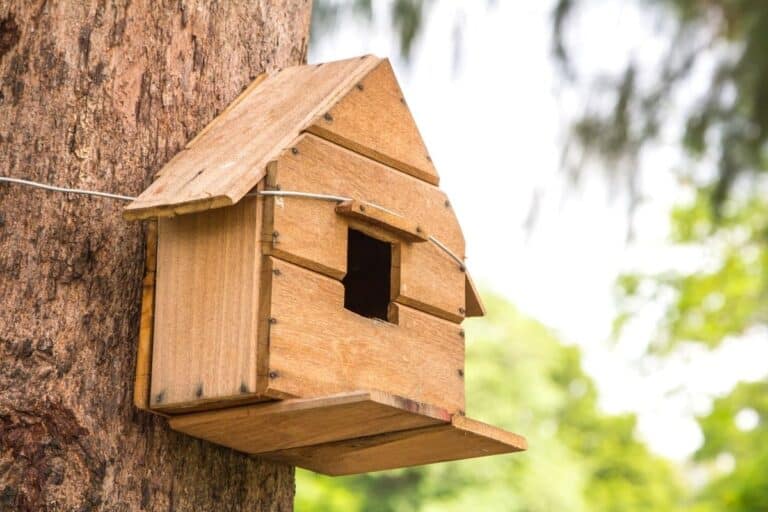
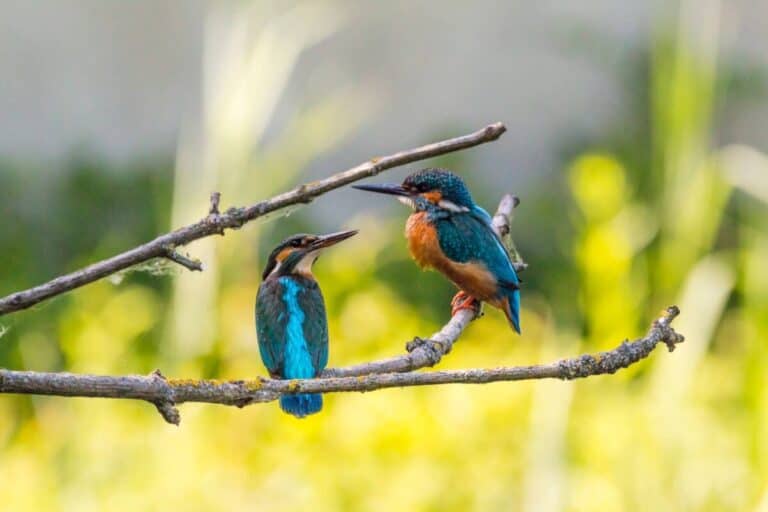
![How Many Bird Feeders Should You Have? [ANSWERED! + FAQs]](https://birdingoutdoors.com/wp-content/uploads/2021/06/feeders-2-768x512.jpg)